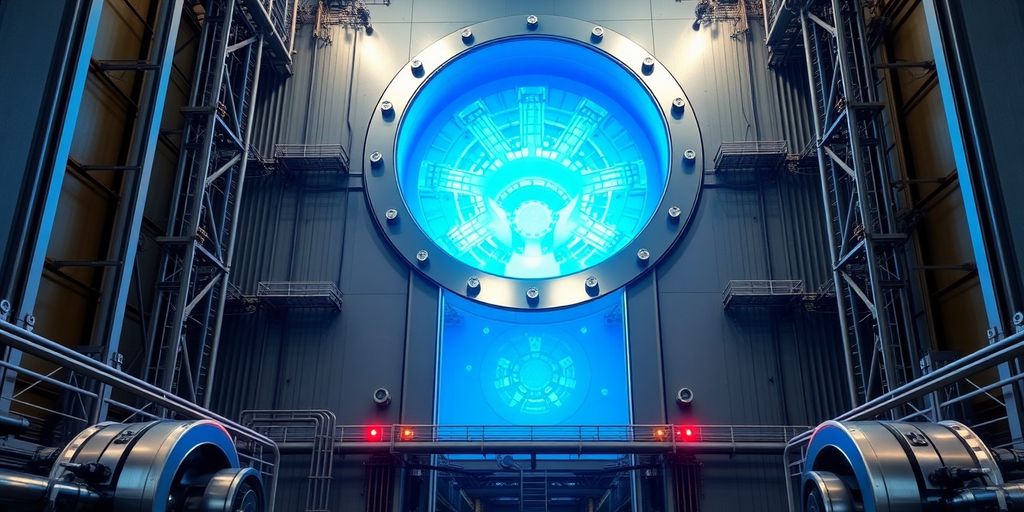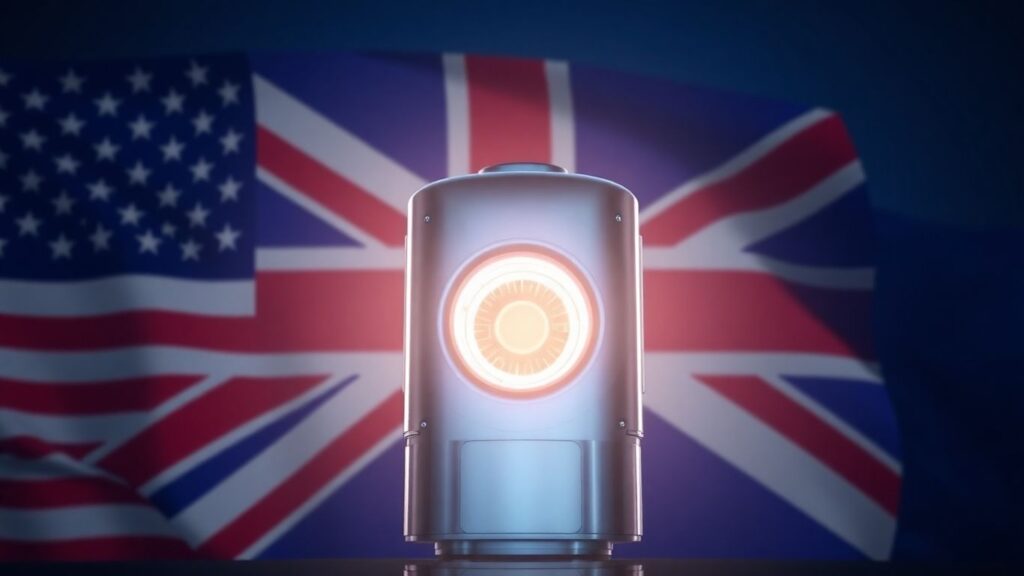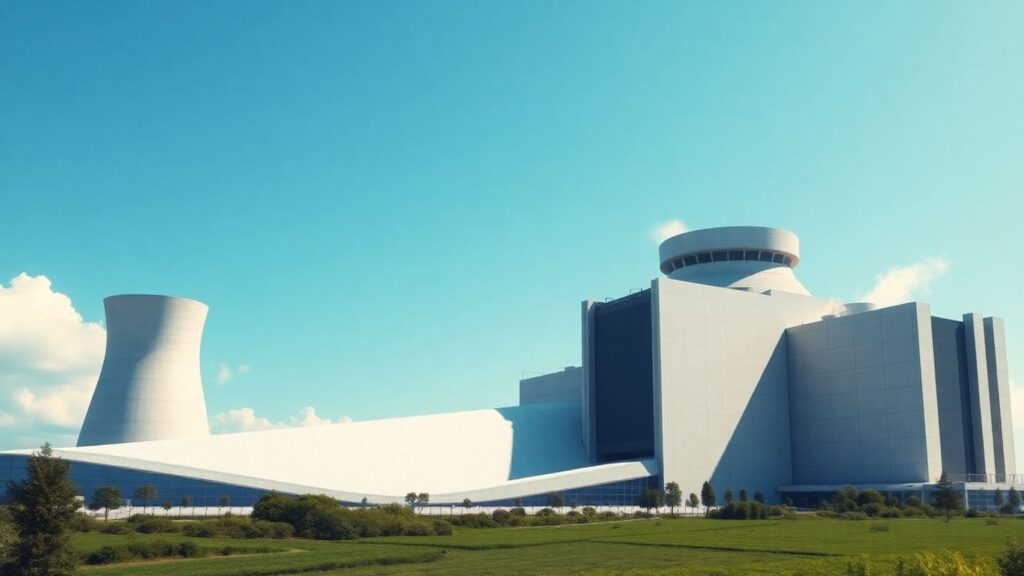India is making significant strides in its nuclear energy program with the advancement of its thorium-based reactor research, highlighted by the development of the SOOKSHMA demonstrator. This initiative aims to leverage India’s abundant thorium reserves, offering a path towards greater energy independence and a more sustainable energy future.
India’s Thorium Ambitions Take Flight
India’s nuclear energy sector is poised for a transformative leap with the development of SOOKSHMA (SUK-M), the nation’s first indigenous thorium-based micro-reactor. Developed by IYNS TechSolutions LLP, SOOKSHMA represents a significant step in harnessing thorium, a plentiful domestic resource, as a primary fuel source. This move is expected to reduce reliance on imported uranium and minimize long-lived radioactive waste.
Key Takeaways
- Thorium as a Fuel Source: SOOKSHMA utilizes thorium, which transmutes into fissile uranium-233 when bombarded with neutrons, enabling a nuclear chain reaction.
- Molten Salt Reactor Design: The reactor employs a molten salt design, where the salt acts as both fuel and coolant, enhancing safety by eliminating high-pressure water systems and reducing meltdown risks.
- Compact and Efficient: With a 10 MWe output, SOOKSHMA is designed to be modular and compact, suitable for powering remote areas and industrial applications, boasting an extended refueling cycle of over 15 years.
- Strategic Importance: This development aligns with India’s three-stage nuclear power program, aiming to utilize its vast thorium reserves for electricity generation.
Addressing Nuclear Capacity Challenges
Amidst delays in the large-scale deployment of Fast Breeder Reactors (FBRs), a crucial second stage of India’s atomic energy program, experts like Anil Kakodkar, former director of Bhabha Atomic Research Centre, suggest a shift in focus. Kakodkar advocates for exploring fuel cycle options, such as irradiating thorium alongside high assay, low enriched uranium (HALEU) in Pressurized Heavy Water Reactors (PHWRs). The spent fuel from these PHWRs could then be recycled for new power generation capacity, including molten salt reactors (MSRs) as part of the third stage.
This approach could help overcome uranium supply constraints and FBR deployment delays, enabling India to exponentially increase its nuclear power output. Kakodkar emphasizes that while FBRs remain a superior option for recycling spent uranium and plutonium, the HALEU-thorium fuel cycle presents a viable alternative given current project timelines.
SOOKSHMA: A Glimpse into the Future
SOOKSHMA, with a prototype anticipated by 2031, is currently under close monitoring by the Atomic Energy Regulatory Board (AERB) to ensure stringent safety standards. Its potential impact on India’s energy future is substantial, heralding a new era of thorium-based nuclear power that promises cleaner, safer, and more sustainable energy solutions. This technological advancement underscores India’s ambition to lead in nuclear energy and achieve energy independence.












